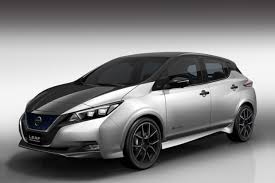By the mid-2020s, the prices for electric buses will be equal to the ice analogues
 Analytical report Bloomberg NEF Electric Vehicle Outlook 2019 indicated that the sale of ice cars in 2018 reached its peak and then the world will move faster to electric vehicles.
Analytical report Bloomberg NEF Electric Vehicle Outlook 2019 indicated that the sale of ice cars in 2018 reached its peak and then the world will move faster to electric vehicles.
It is particularly worth noting that in the forefront of the electric car revolution are not cars, and a modest city bus.
Bloomberg analysts point out that by 2040, almost 70% of buses in the world will be electric, for the rest of the transport, this figure is about 60%. And since the electric bus is the main enemy of oil, the transport evolution depends primarily on it.Electric buses convincingly prove the benefits of using commercial electric transport. Although the initial price of an electric bus is higher than usual, but their total cost of ownership, fuel and maintenance costs are lower already at this stage of development.
The company Prottera notes that the payback of the added value of the electric bus is only 5 years. Passenger transportation companies can save about $50,000 per year on fuel and maintenance.
Savings are increasing every year, and by the mid-2020s electric buses will be equal in price with ice analogues.
There are now about 400,000 electric buses on the world’s roads — almost 20% of the world’s bus fleet – and Bloomberg expects that their number will grow even faster than electrified cars and commercial vehicles.




